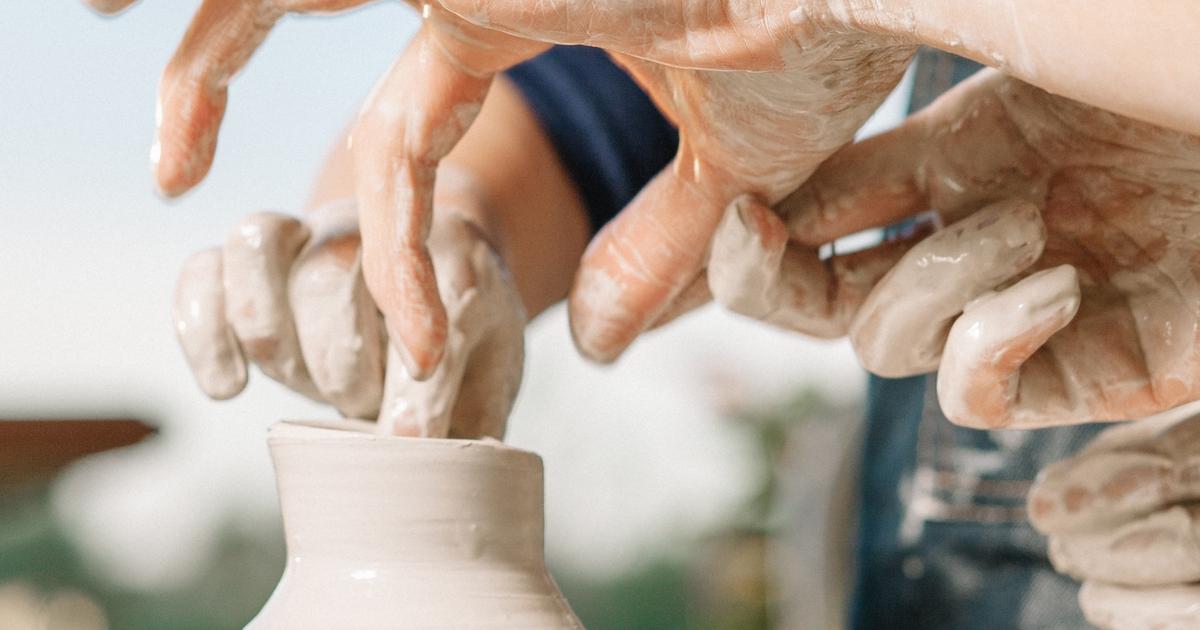What Is Art Therapy?
Types Of Art Therapy

All art therapy will be slightly different depending on the patient and their needs. Different patients will have different art mediums they gravitate toward, and the types of mediums used will also vary depending on the setting and the art therapist. For example, a classroom setting that uses cut-up magazines for collages might struggle to provide the materials necessary for sculpture. All art therapy is ultimately done to help clients achieve more emotional wellness and better coping mechanisms for the stresses of day-to-day life.
Some of the mediums and techniques used for art therapy include drawing, sculpting, doodling, scribbling, finger painting, painting with paintbrushes, using molding clay, making pottery, carving, using textiles, making cards, and making collages. Art therapy isn't always used just for the treatment of psychological disorders and trauma. Patients with chronic physical illnesses have reported art therapy sessions have helped with day-to-day functioning. The same is true of individuals with cancer and those undergoing hemodialysis.
Psychological Benefits

Studies have indicated there are numerous psychological benefits linked to art therapy. As mentioned, art therapy has been shown to improve the outlook and well-being of patients with chronic physical illnesses. It has also been shown to be an effective treatment for many mental health disorders, particularly when combined with other forms of therapy and medication. Some studies indicate art therapy can even treat certain phobias. It's very effective in helping to treat and manage post-traumatic stress disorder, anxiety, and depression. Some patients might experience some psychological benefits of art therapy without having sessions with a licensed art therapist.
There are therapeutic benefits to expressing oneself artistically, even if they're not psychologically analyzing the resulting work. Some common activities recommended for patients to try at home include clay sculpting, collages, sketching, and art journaling. The important thing is for individuals to create something they feel good about. When individuals work with a professional art therapist, though, they can tailor the direction of the art therapy to suit each patient, which is ideal for those with more in-depth emotional needs.
